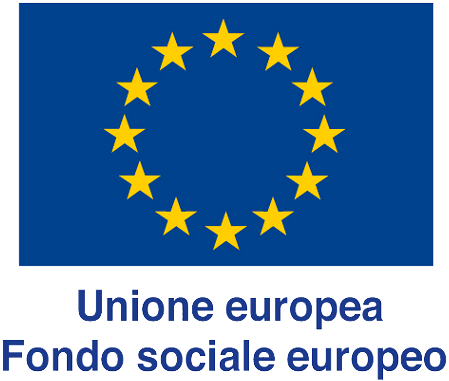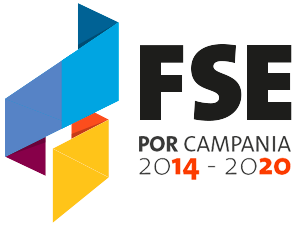The groundbreaking studies of Alfred Kinsey (1894 1956) along with his associates when you look at the belated 1940s and 1950s spearheaded a challenge that is implicit exactly exactly what he regarded as the normative and homogeneous psychomedical types of hetero and homosexuality.
Bisexuality had been recast when you look at the sense of the next meaning noted above, as “the capability of a person to react erotically to your type of stimulus, whether it’s supplied by another individual of the identical or associated with the contrary intercourse.” This, it had been argued, “is fundamental to your species” (Kinsey 1948, p. 660). Kinsey copied this claim with data that revealed around 46 per cent of males and up to 14 per cent of women had engaged in both heterosexual and homosexual tasks in the program of the adult everyday lives. Eschewing psychomedical principles of “normal,” “abnormal,” “homosexual,” and “heterosexual,” Kinsey alternatively described sexualities as simple “statistical variants of behavioral frequencies on a constant bend” (1948,  p. 203). The Kinsey seven point scale was made to spell it out more accurately this variation that is statistical. Desire to had been “to build up some form of category which may be on the basis of the general quantities of heterosexual and homosexual experience or reaction in each person’s history” (1948, p. 639). Notwithstanding the broad ranging critiques made from Kinsey’s methodology, their data revealed the very first time the fact of extensive bisexual habits in US culture.
p. 203). The Kinsey seven point scale was made to spell it out more accurately this variation that is statistical. Desire to had been “to build up some form of category which may be on the basis of the general quantities of heterosexual and homosexual experience or reaction in each person’s history” (1948, p. 639). Notwithstanding the broad ranging critiques made from Kinsey’s methodology, their data revealed the very first time the fact of extensive bisexual habits in US culture.
Other scientists have tried to refine Kinsey’s scale and additional their efforts to give an alternate to the binary style of sex that might include a far more accurate notion of bisexuality. The most known of those is Klein’s intimate Orientation Grid (Klein 1978). The change away from viewing sexualities as reflective of ontological typologies and toward viewing them as reflective of behavioral variants has also been bolstered by cross cultural and species that are cross, which likewise revealed that bisexual variability was the norm rather than the exclusion (Ford and Beach 1951). Recently, burgeoning worldwide HIV/AIDS research has strengthened the necessity for considering bisexuality as an essential category that is sociological explaining (usually) males who possess sex with guys but that do perhaps maybe perhaps not determine by themselves as homosexual (Aggleton 1996).
A COLLECTIVE AND GOVERNMENTAL IDENTIFICATION CATEGORY
The emergence of a collective and identity that is political of bisexuality has truly been constrained, if you don’t usually foreclosed, because of the reputation for bisexual erasure within Western binary different types of sexuality. Until at the very least the 1970s (or even beyond) a prevailing psychomedical view had been that bisexuality failed to represent a sexual identification or “orientation.” Rather it had been routinely envisioned as a kind of immaturity, a situation of confusion, or a transitional state on the best way to either hetero or homosexuality. This might be in stark comparison to homosexuality, that has created the cornerstone of collective self recognition at least considering that the belated century that is nineteenth. Nonetheless, it absolutely was maybe maybe maybe not through to the 1970s and 1980s that bisexuality constituted a palpable collective and governmental identification category in several Western communities. Along with a identified lack within the historical and social record, self identified bisexuals had been animated to say a governmental identification because of the connection with marginalization within homosexual liberation and lesbian feminist movements into the 1970s and 1980s (Rust 1995).
With steadily expanding activism that is bisexual identities, companies, and magazines, activists and theorists of bisexuality have actually given far reaching critiques of binary types of sex. They will have tried to reveal how a historic neglect or social trivialization of bisexuality happens to be fuelled maybe not by medical “fact” but by misleading historical, social, and political presumptions. Terms such as “biphobia” and “monosexism” have now been coined as an easy way of showcasing the social, governmental, and theoretical bias against those who intimately desire (or who possess intimately desired) one or more sex for the duration of their life (Ochs 1996). Activists and theorists of bisexuality also have tried to interrogate the governmental, theoretical, and social interconnections between feminism and bisexuality (Weise 1992), and between bisexuality and homosexual, lesbian, and queer countries and theories. (Hall and Pramaggiore 1996; Angelides 2001).




